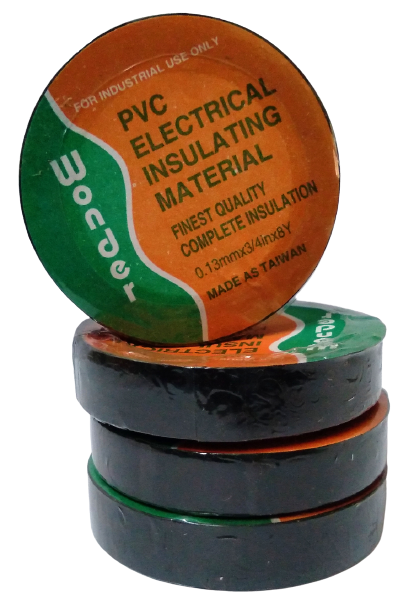Masking tape is often considered the best option for furniture works for several reasons:
- Clean Lines: Masking tape helps achieve clean, sharp lines when painting or staining furniture. It can be easily applied along the edges and removed without leaving residue, ensuring a professional finish.
- Easy Removal: One of the main benefits of masking tape is that it can be removed easily without damaging the surface. This is particularly important for furniture, as you want to protect the finish and avoid any unsightly marks.
- Versatility: Masking tape can be used on various surfaces, including wood, metal, and plastic. This makes it a versatile tool in furniture making and refurbishing projects.
- Protective: When sanding or varnishing, masking tape can protect areas you don’t want to be affected. It acts as a barrier, keeping certain parts of the furniture free from dust, paint, or other materials.
- Cost-Effective: Masking tape is relatively inexpensive and widely available. This makes it a cost-effective solution for both professional and DIY furniture projects.
- Ease of Use: It is easy to apply and remove, which saves time and effort. Its flexibility allows it to adhere to curved or irregular surfaces, making it suitable for various furniture designs.
- Temporary Hold: Masking tape provides a temporary hold, which is useful for holding parts together during the assembly process or while glue dries. It can be easily repositioned if needed.
In summary, masking tape is favored for furniture work due to its ability to protect surfaces, provide clean lines, and its ease of use and removal. Its versatility and cost-effectiveness further enhance its suitability for various furniture projects.
